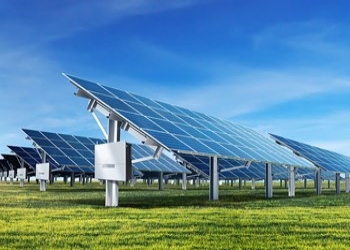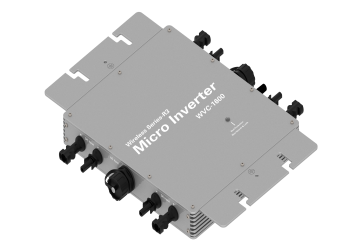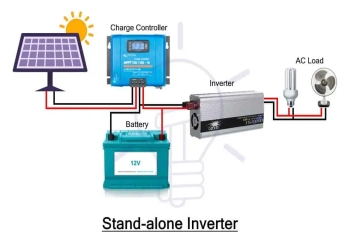Practice analysis of the impact of component and inverter ratio on power generation
After installing the photovoltaic system, the most important concern for users is the power generation, as it directly affects their investment return. Many factors affect power generation, including the quality of components, inverters, cables, installation orientation angle, tilt angle, dust, shadow obstruction, component and inverter ratio system scheme, line design, construction, grid voltage, and other factors. The following mainly discusses the impact of the ratio of components and inverters on the system's power generation.

Because inverters only account for about 5% of the cost of photovoltaic systems, reducing inverter investment through component overmatching is not only not cost-effective but also brings other problems. To comprehensively consider factors such as lighting conditions, installation site, components, and inverters, scientific design should be carried out, tailored to local conditions, and specific problem-specific analysis should be carried out rather than unthinkingly utilizing the overmatching ability of inverters.

The inverter has multiple MPPTs, each of which tracks independently to be connected to different strings. The inclination angle of the string can also be different, but each MPPT branch has a current limit, such as a 20kW inverter and two MPPTs, and each MPPT circuit can output up to 11kW at the rated working voltage. If multiple connections are made, the power will be limited. The customer connected three channels, with an input power of 15.12kW and an additional 4.12kW. When the weather is good, and the sun is strong, the power will be limited, so losing 10 kWh of electricity in a day is not surprising.

The working voltage is around the rated working voltage of the inverter, resulting in the highest efficiency. For single-phase 220V output inverters, their rated input voltage is 360V; The rated input voltage of a three-phase 380V output inverter is 650V. For example, a 3kW inverter with a 260W component and a working voltage of 30.5V, with 12 modules and a working voltage of 366V, is the optimal power of 3.12kW. The 30KW inverter is equipped with 260W components, connected to 126 components, 21 strings in each circuit, and a voltage of 640.5V. The optimal total power is 32.76kW. The greater the difference between the string MPPT voltage and the optimal voltage of the inverter (low or high), the lower the efficiency. For example, when a single-phase inverter is string-matched to 260V or 460V, the efficiency is only about 90% of the optimal voltage.
Several points to note when configuring components and inverters
1) We cannot simply emphasize component overfitting to reduce the cost of inverters. We need to analyze specific issues based on the actual situation.
2) Each inverter's MPPT circuit also has limitations and cannot be exceeded.
3) The string voltage should be within the optimal voltage range of the inverter as much as possible, as both low and high voltages can significantly impact power generation.
High-quality Supplier
PDDN Photoelectron Technology Co., Ltd. focuses on the research, development, and application of power electronics technology and is devoted to supplying customers with high-quality transformers, thyristors, and other power products. Our company mainly has solar inverters, transformers, voltage regulators, distribution cabinets, thyristors, modules, diodes, heaters, and other electronic devices or semiconductors. The electronic devices and semiconductor products provided by PDDN Photoelectron Technology Co., Ltd. have the characteristics of high efficiency, safety, and reliability. They are widely used in power systems, industrial control, energy management, and other fields.
It accepts payment via Credit Card, T/T, West Union, and Paypal. PDDN will ship the goods to customers overseas through FedEx, DHL, by sea, or by air. Please inquire if you want high-quality electronic devices or semiconductor products; we will help.
